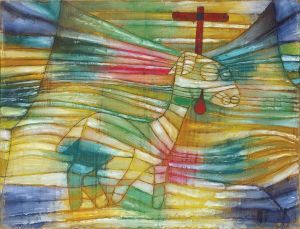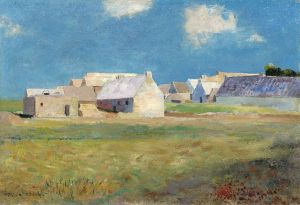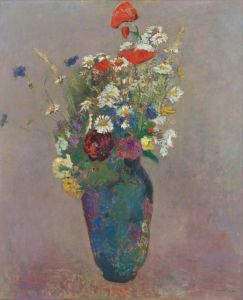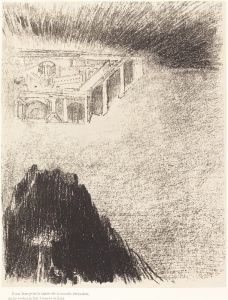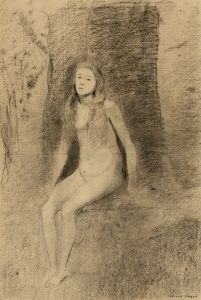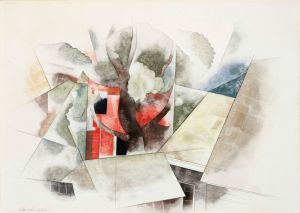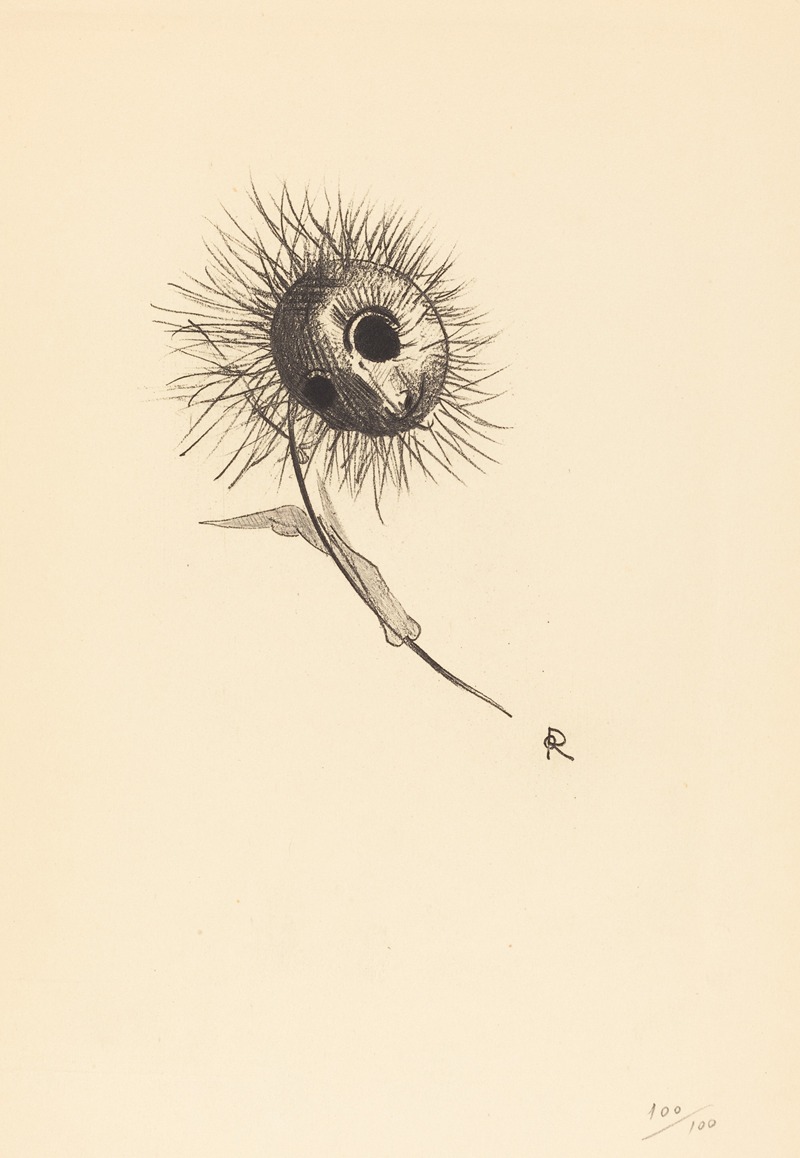
Cul-de-Lampe
A hand-painted replica of Odilon Redon’s masterpiece Cul-de-Lampe, meticulously crafted by professional artists to capture the true essence of the original. Each piece is created with museum-quality canvas and rare mineral pigments, carefully painted by experienced artists with delicate brushstrokes and rich, layered colors to perfectly recreate the texture of the original artwork. Unlike machine-printed reproductions, this hand-painted version brings the painting to life, infused with the artist’s emotions and skill in every stroke. Whether for personal collection or home decoration, it instantly elevates the artistic atmosphere of any space.
Odilon Redon was a French symbolist painter, printmaker, draughtsman, and pastellist, known for his unique and imaginative works that often explored themes of dreams, fantasy, and the subconscious. One of his notable works is "Cul-de-Lampe," which reflects his distinctive style and thematic interests. However, specific information about this particular piece is limited, and it is not as widely documented as some of his other works.
Redon was born on April 20, 1840, in Bordeaux, France. He showed an early interest in art and studied under the artist Jean-Léon Gérôme. Redon also learned etching and lithography, which would later become significant in his artistic career. His early works were primarily charcoal drawings and lithographs, often referred to as his "noirs," which depicted dark, fantastical scenes and figures.
The term "cul-de-lampe" traditionally refers to a decorative element found at the end of a chapter or section in a book, often a small illustration or ornament. In the context of Redon's work, it suggests a piece that might serve as a visual punctuation, an artistic flourish that encapsulates or concludes a thematic exploration. Redon's art frequently incorporated literary and philosophical themes, drawing inspiration from writers such as Edgar Allan Poe, Charles Baudelaire, and Stéphane Mallarmé. His works often evoke a sense of mystery and introspection, inviting viewers to delve into the realms of imagination and emotion.
Redon's style evolved over the years, transitioning from the monochromatic "noirs" to vibrant pastels and oils later in his career. This shift marked a move towards more colorful and expressive compositions, often featuring ethereal and dreamlike imagery. Despite this evolution, the core of Redon's work remained rooted in the exploration of the inner world and the boundaries between reality and fantasy.
While specific details about "Cul-de-Lampe" are scarce, it can be appreciated within the broader context of Redon's oeuvre. His works are characterized by their symbolic content, often featuring motifs such as eyes, flowers, and mythical creatures. These elements serve as conduits for exploring themes of spirituality, existentialism, and the human psyche.
Redon's influence extended beyond his lifetime, impacting the development of modern art and inspiring subsequent generations of artists. His work is often associated with the Symbolist movement, which sought to express the ineffable and the mysterious through art. Redon's ability to convey complex emotions and ideas through his unique visual language has earned him a lasting place in the history of art.
In summary, while "Cul-de-Lampe" by Odilon Redon may not be as widely recognized or documented as some of his other works, it is representative of his artistic vision and thematic preoccupations. Redon's contributions to the Symbolist movement and his exploration of the subconscious continue to resonate with audiences and art enthusiasts around the world.





